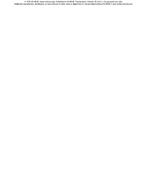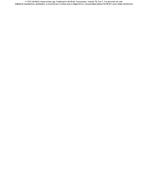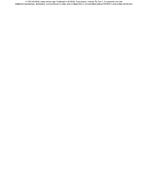-
-
Available Formats
- Options
- Availability
- Priced From ( in USD )
-
Available Formats
-
- Immediate download
- $16.00
- Add to Cart
Customers Who Bought This Also Bought
-

NO-2226 -- Thermal Performance of Exterior Steel-Stud Fra...
Priced From $16.00 -

NO-2217 (RP-91) -- The Thermal Comfort of Students in Cli...
Priced From $16.00 -

NO-2229 -- The Application of the Theory of Extreme Value...
Priced From $16.00 -

NO-2218 -- Human Solar Heat Load
Priced From $16.00
About This Item
Full Description
In analyzing compression refrigeration cycles, the concepts of the reversible process and available energy are basic to the application of the second law of thermodynamics. From these basic concepts, the performance of a process or system may be expressed in terms of the degradation (or loss) of available energy or its corollary, the irreversibility, which provides a convenient method for optimizing the cycle.
This paper is derived from M. S. theses by two of the authors,1 ,2 and is an extension of the work presented in ASHRAE HANDBOOK OF FUNDAMENTALS (1967), Chapter I, Part 113 . The analysis in the Handbook illustrates the effect of the departures of a real cycle from the reversed Camot cycle in which the effects are identified in terms of losses of available energy and the irreversibility of the cycle. In this paper, the effects of the irreversibilities in a compression refrigeration cycle are compiled for a range of operating conditions, and the irreversibility of each component of the cycle is itemized. Analyses are given for both a basic compression cycle and for a two-stage compression refrigeration system with an intercooler between stages and a separate subcooler for the liquid/ before the expansion valve. The objective is to illustrate a method of second law analysis to serve as a guide in the selection of the design parameters of the cycle. In the cycle analyses given, the principle comparisons are of irreversibilities of cycle components, and the effect of operating parameters for a range of conditions. An illustration of the advantages of compressor staging is only of minor concern.





